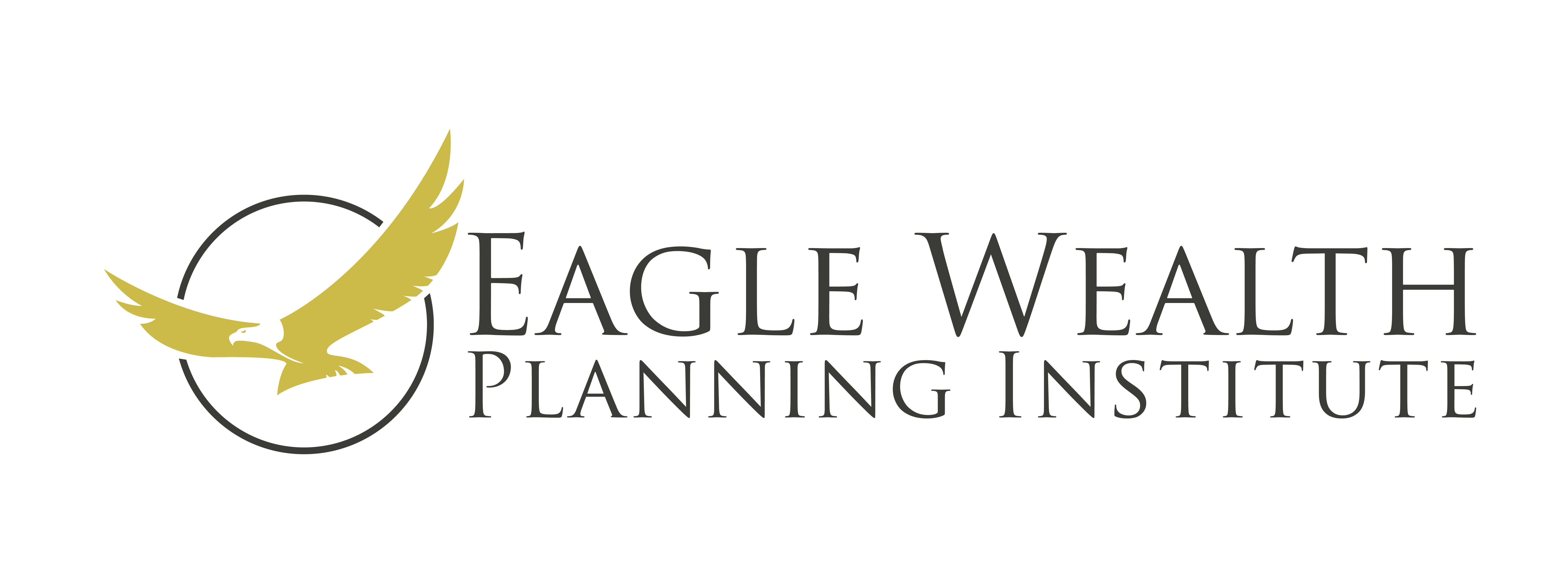Traditionally, professional advisors such as attorneys, accountants, financial professionals, and planned giving officers work apart from one another in helping accomplish a client’s estate and charitable planning goals and objectives.
A typical scenario
First, the client meets with one of the advisors; let’s say the financial professional. The financial professional makes a set of recommendations to the client. The client takes the recommendations to their attorney and/or accountant for review. No discussions take place between the financial advisor and the attorney or accountant.
The client is in a difficult, if not impossible, situation of explaining the financial professional’s recommendations to the other professional advisors. Both professional advisors have the best interest of the client in mind; however, their recommendations may be conflicting, which could cause confusion for the client. A confused client is a client who will not move forward with planning. A client who does not move forward creates a “lose, lose” situation for the client, the client’s family, and the professional advisors who desire to provide service to the client. This scenario occurs every day in the estate and charitable planning world. It is the planning world of four separate entities – 1/1/1/1 – one professional advisor is trying to trump the others, all based on trying to do what is “right” for the client.
The power of collaboration allows professional advisors to stand side-by-side – exponentially increasing and leveraging their brain-power – all for the benefit of the client. When professional advisors stand side by side, instead of having 1/1/1/1, which equals 1, you now have “1,111”. In the interest of the client, the benefit of professionals working in collaboration outweighs professionals working independently 1,111 to 1.
Professional advisors who want to work in professional collaboration must rise to the challenge! They must respect and learn from each professional advisor’s unique abilities. They must agree on the role each plays in serving the client.
A common definition
The team of advisors may also want to establish a common definition that centers their planning recommendations, such as:
To control your assets during your lifetime, so you can do what you want to do. To provide for you and your spouse in the event of your disability. To give what you have, to whom you want, the way you want, and when you want. And, if you desire, to save every last tax dollar, professional fee, and court cost possible.
The definition provides each advisor with a framework, ensuring the team of advisors remains on the same page and stays focused on the client. The professional advisors’ recommendations should align with the definition.
In accomplishing the client’s estate planning, professional advisors may want to encourage clients to consider providing a memorial for what was meaningful and important to them during their lifetime. For many clients, their involvement in charitable organizations, including educational, religious, and community organizations, played a significant role in their life. The estate plan should include a place to recognize each of these organizations and serve as an opportunity for the client to say “thank you” and to pass on to the generations to come the values and importance of giving back to community. The planned giving officer at a community foundation can play a significant role in assisting in developing the client’s charitable goals and objectives.
A team approach
All professional advisors have various roles in the estate planning process. The attorney builds the estate planning “vehicle” with input from each advisor regarding the “options” the client may want to include. The insurance and financial professionals enhance a client’s estate and ensure that the estate planning vehicle has sufficient “fuel.” The planned giving officer provides guidance on the charitable “options” that the client may want to include in their plan. The client’s accountant “steers the client’s vehicle down the road” so that it remains headed in the right direction.
Professional advisors, working side by side as a cohesive team, create an estate plan that meets the client’s goals and objectives, improving exponentially our service to clients.



